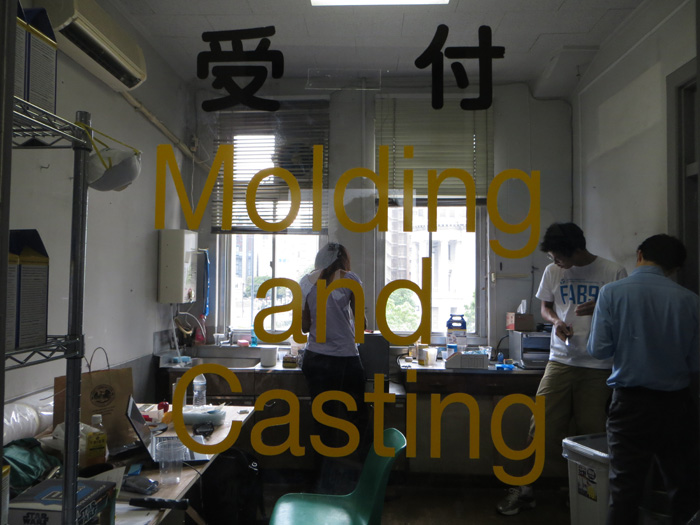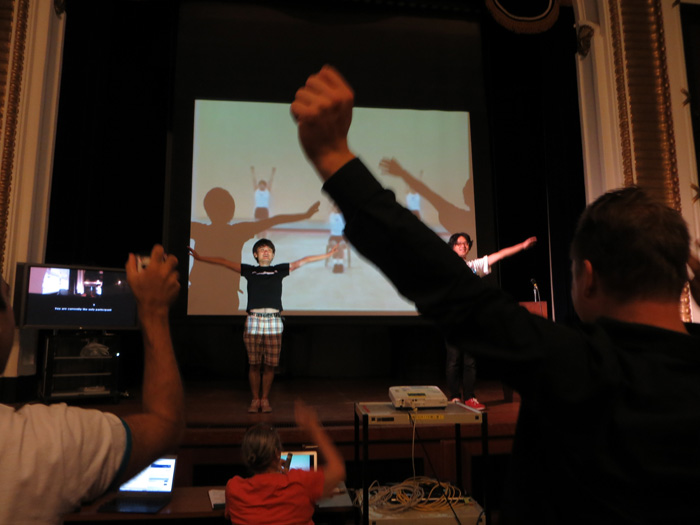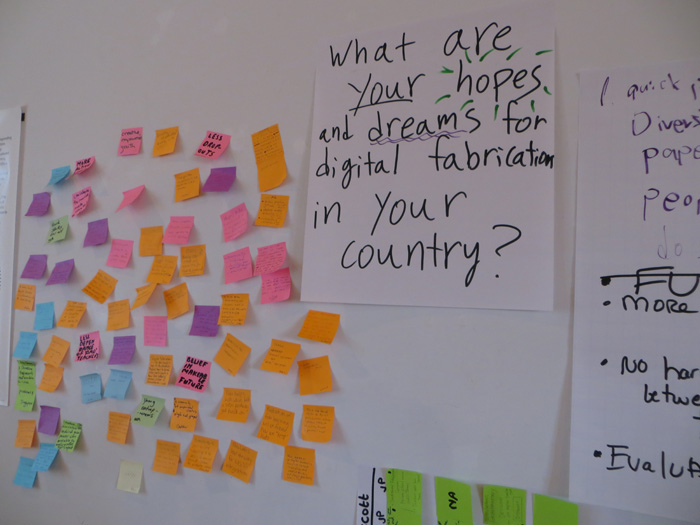FAB10: Barcelona, fablab capital
Published 30 June 2014 by Camille Bosqué
On July 2-8, the 10th International Fab Lab Conference in Barcelona will bring together makers from 250 fablabs from 40 countries. What can we expect to see at FAB10?
It’s the annual meeting of makers, held in a different city each year, always under the aegis of MIT (Massachusetts Institute of Technology), that defined the famous charter of digital fabrication laboratories. While researching her thesis on the subject last year, Camille Bosqué attended FAB9 in Yokohama near Tokyo. She gives us a preview of what’s in store for FAB10.
« On stage and off »
For the past decade, «FAB Conferences» have been held in more or less the same format. The first mornings are reserved for the introduction of all fablabs, under the benevolent eye of MIT’s Neil Gershenfeld and Sherry Lassiter, masters of ceremony, calling on each lab to come up and show some slides and present current or future projects. It’s a way of welcoming the newcomers, to meet those we don’t know and review the successes of the most distinguished labs. FAB10 expects between 600 and 1,000 participants. This year, the initial morning sessions are reserved for fablabs that are newly opened or still under construction, so that they can introduce themselves to the network. This is followed by talks about large projects involving online networks in general.

Last year in Yokohama, about a hundred different fablabs introduced themselves on stage, each focusing on a few projects, detailing their rules of conduct and modes of funding, as each presentation received a thunder of applause. This outpouring of enthusiasm orchestrated by both the host country’s team and the pillars of the movement grows with each event. The annual international meetings are something of a group ritual, which is further confirmed at the morning Fabercize sessions of aerobic gymnastics.

Nonetheless, behind the collective lightness and positivity, other realities come to the surface off stage. These moments are finally the most important, when the masks of seduction and representation before MIT come off, to talk about the commitments and concrete realities related to the development of these spaces. How does each fablab find funding? Are local authorities so sensitive to this type of project? How do you choose the right machines, or engage your lab in good practices?

« Neil, let it go »
The movement is well underway, fablabs are multiplying around the world on all the continents, but these initiatives are always led by individuals who invest lots of personal time and considerable efforts to change certain solidly implanted structures, in multiple phases. Not an easy task, as in the great majority of cases, MIT offers no support. Whether embedded in rented or even squatted locations, settled in basements and schools, in museums or libraries, inserted in professional training centers, constituted in associations, dependent on certain organizations or companies, fablabs’ current modes of existence are extremely varied, as each type of situation is linked to the contexts of individual countries.
At FAB9 there was a gulf between the discourse of the gurus and the reality of the movement, which is becoming much more diverse than what is defined by MIT’s very vague charter, itself many times reinterpreted on the Internet. There are close to 300 fablabs worldwide. As the French are among the most willing to reappropriate and reinterpret the concept, about 50 are located in France, making France the second-most popular host of fablabs (see Makery map).
« From FabLabs to FabCities »
This year’s theme, inspired by the initiative led for several years now by the IAAC fablab and the City of Barcelona, probably marks a change of direction for the project. By extending the issue of fablabs beyond these spaces into the very structure of the city, a new generation of voices seems to have taken the relay, as incarnated by Tomas Diez, the charismatic young director of the Barcelona fablab and organizer of this conference.
New orientations are already present in the program, which in addition to offering practical workshops, invites guests who are not exclusive members of the hardcore fablab network. Hence, Arduino inventor Massimo Banzi will share the stage with economist Jeremy Rifkin and science-fiction author Bruce Sterling.

It’s more than likely that FAB10 will be bigger, more visionary and less focused on fablabs than the previous edition. Among other expected differences, nothing guarantees that the FabFood workshops, held every night last year in Tokyo to teach the art of sushi and udon, will be revived in Barcelona with tortillas or sangría… No doubt however that culinary surprises will turn up somewhere on the menu.
Follow FAB10 Barcelona on Makery.info
Makery brings you the 10th International Fab Lab Conference from July 2-8 live from Barcelona. Reports, exclusive news, daily images, comments…
Live on Makery.info (mostly in French): see event highlights presented by our correspondent Quentin Chevrier, along with Camille Bosqué, researcher of fablabs. Through our live coverage you can ask questions in real-time from your computer, tablet or smartphone.
FAB10 livestream most of the conferences at http://mcu.cba.mit.edu/streaming.html
View the complete FAB10 program here.
